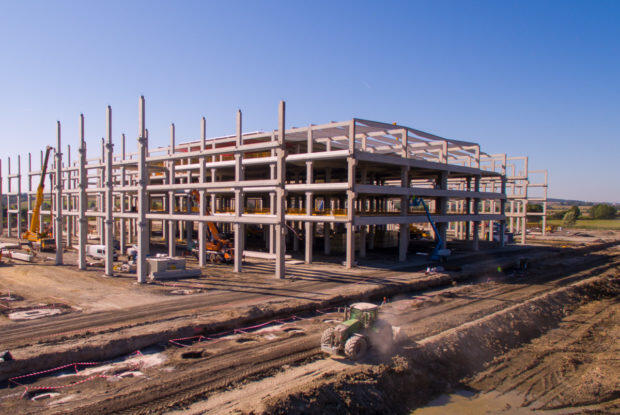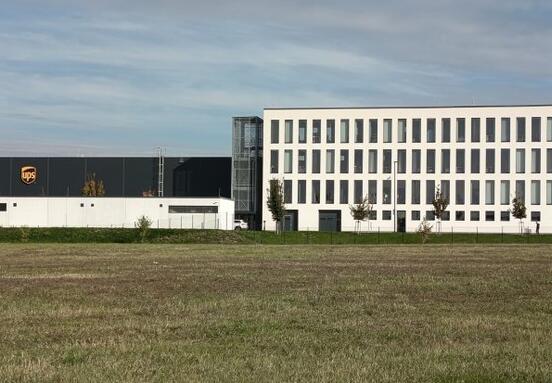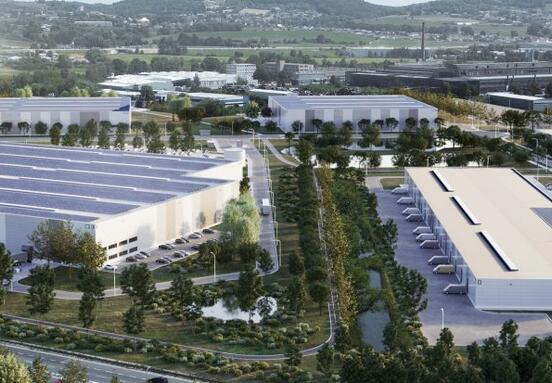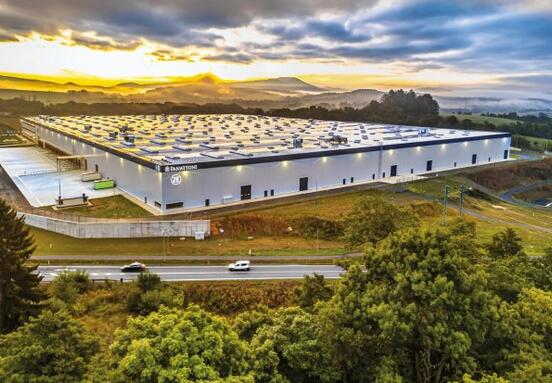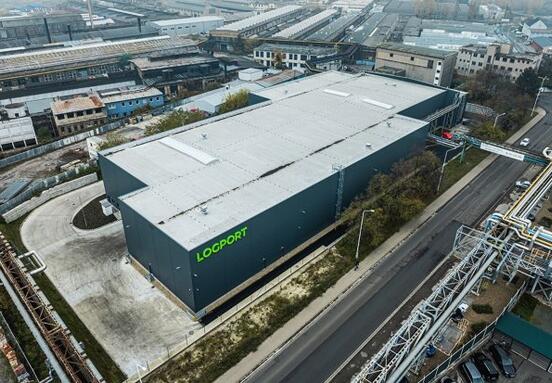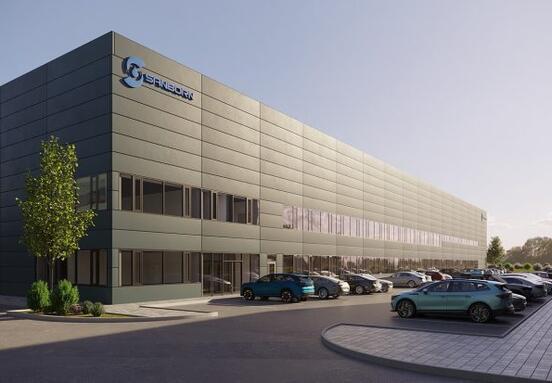In terms of industrial area per capita, the Czech Republic leads by a large margin with 902 square meters per thousand inhabitants, an increase of about 6% compared to the previous year. In second place is Poland with 625 square meters per thousand inhabitants.
Jiří Kristek, head of the industrial real estate and shopping park leasing team at Cushman & Wakefield, comments on the market: “Poland saw the largest year-on-year increase in industrial space last year. In our country, the approval process has traditionally been very slow, and therefore it is not able to respond flexibly to, in some segments, the rapidly growing demand. Furthermore, there are fewer suitable areas for construction in the Czech Republic, in contrast to neighboring Poland, which has a large area and mostly flat terrain. "
Demand is growing faster than construction
The current number of industrial premises in the Czech Republic barely covers the demand for them. It is growing year by year - last year by 61 percent, which is the highest in the entire region. It is no surprise that the vacancy rate for these projects in our country is now only 1.6 percent, and in Prague even only 0.7 percent, which is a historically record low value.
Of course, demand stimulates new construction - a record 1,112,000 square meters are now being built in the Czech Republic, which is the most in history and more than three times the value of construction at the end of 2020. Other monitored countries are currently achieving record high values of new construction.
"Construction is still ongoing, however, given the current rise in building materials prices, the pace may partially slow in future quarters. Construction can also be negatively affected by developments in Ukraine, both on the supply and demand side, ”explains Jiří Kristek.
The demand of logistics and distribution companies is increasing
The growth in demand for industrial premises is mainly driven by companies operating in logistics, distribution and e-commerce.
"Companies must respond to the current shift of part of retail demand from traditional sales channels to the Internet with adequate storage capacity. The development of e-commerce is now fundamentally influencing the form of retail sales, while the most preferred option in the future will probably be the variant of part-stone shops and delivery directly to a central warehouse, ”adds Jiří Kristek.
Rental prices in the Czech Republic rose sharply last year
In connection with the lack of vacant space on the market in the Czech Republic, rents, which had previously remained stable for a long time, rose last year. The so-called prime rent (the highest achieved rent for an area of 5,000 square meters in a good location) ranged from 4 to 4.30 euros per square meter for about 10 years, but at the end of last year it rose to 5.60 euros around Prague. It is the most in the region - in Hungary the prime rent reached 4.65 euros last year, however in the other three countries of the region it remains around four euros.
Thanks to this development, industrial real estate is also enjoying unprecedented investor interest throughout the region. Last year, the share of investments in this sector in Central and Eastern Europe reached a historic high of 44 percent, surpassing the most attractive offices to date. In total, 4.2 trillion euros were invested in warehouses and halls in the region in 2021, 23 percent more than in 2020. Most (70 percent) investments went to Poland, and 15 percent to the Czech Republic.
Michal Soták, head of the Cushman & Wakefield investment team, states: “The development of the Czech real estate market still depends on the number of products available for sale. Industrial real estate is clearly the most popular among investors, but the lack of investment opportunities continues to limit their activity. "
Industrial property prices, as measured by yields, continue to rise in all countries in the region. In the Czech Republic, prices rose by as much as 20 percent and premium hall yields fell below 4 percent for the first time in history.
The market is mainly covered by big players
The market in the region is relatively consolidated - a large part of it is covered by several large companies. CTP (13%), Prologis (10%), Panattoni (8%), P3 Logistic Parks (7%) and Segro (4%) have the highest share in the total industrial area in the five countries. Altogether, this is about 42 percent of the entire market.
Last year, the international company Panattoni, which completed almost two million square meters of new logistics space, took part in the construction in the region. This was followed by the Czech developer CTP, which opened over 600,000 square meters (despite the fact that it has only recently become more active in the largest Poland), informs Cushman & Wakefield in its report.
